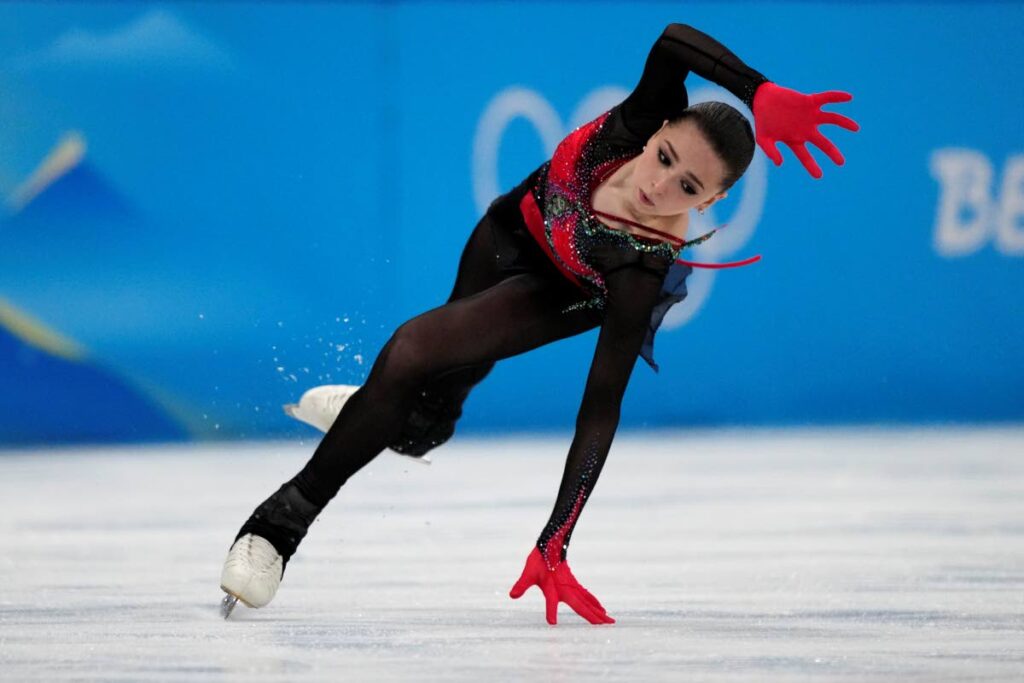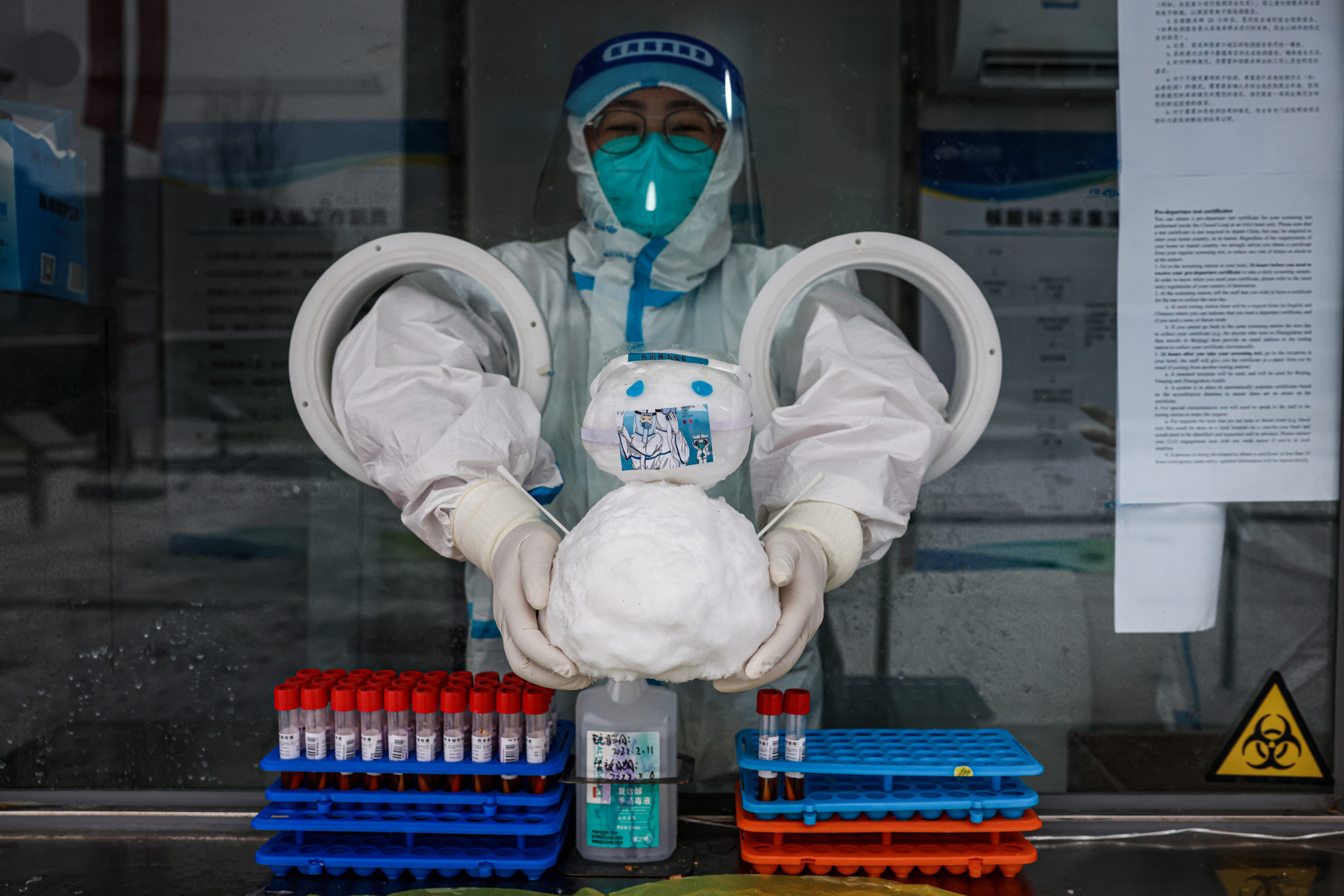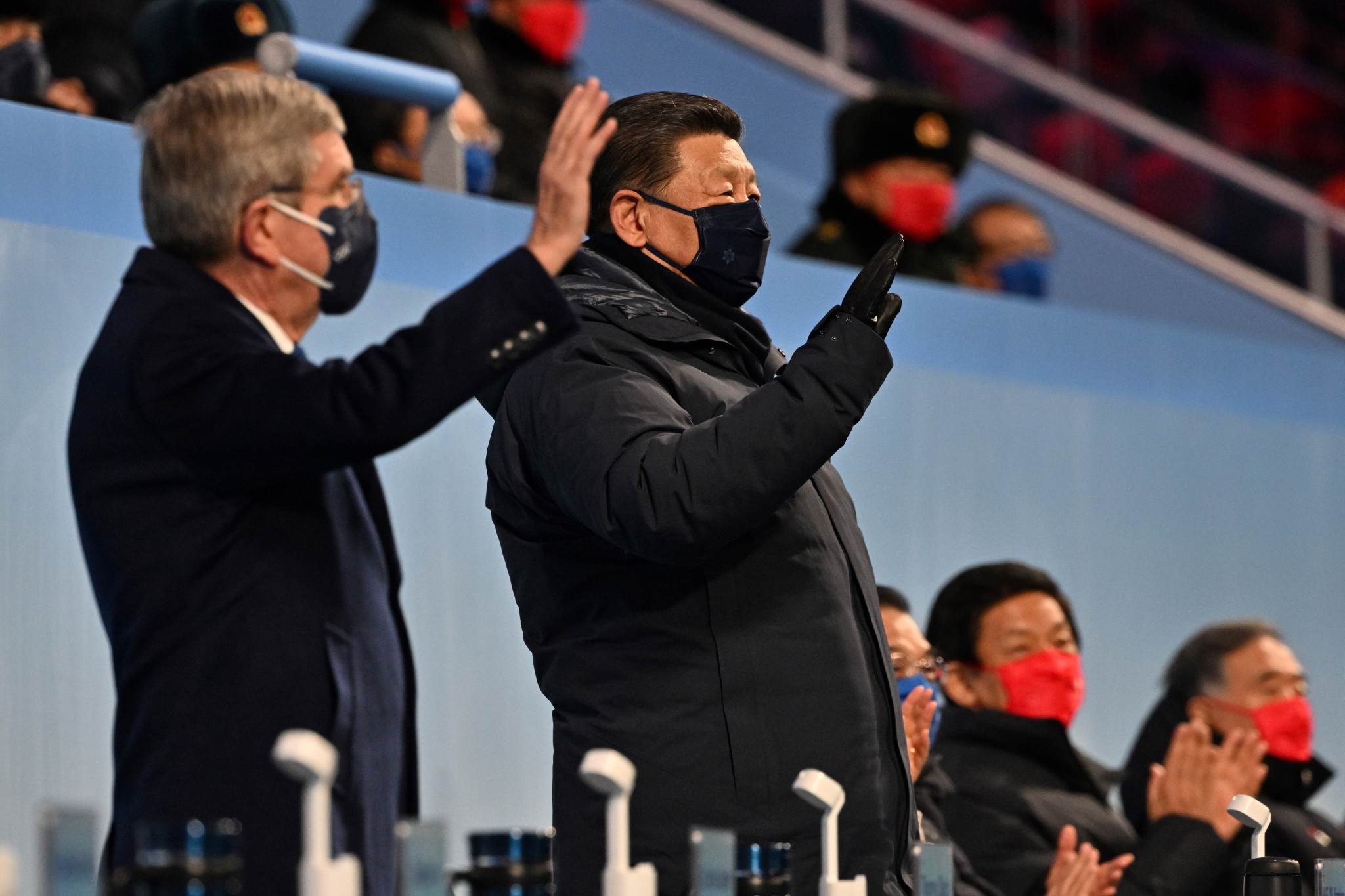TRINIDAD AND Tobago Olympic Committee (TTOC) president Brian Lewis has condemned the handling of 15-year-old Russian figure skater Kamila Valieva’s doping violation at the Winter Olympic Games, calling the debacle “child abuse” and “systemic failure”.
OLYMPIC GAMES
Learn more about the Olympic Games
Beijing 2022 sliding venue to host IBSF World Cup events for five years in major legacy boost
Yanqing National Sliding Centre in Beijing will host International Bobsleigh and Skeleton Federation (IBSF) World Cup events for the next five years after a Memorandum of Understanding (MoU) was signed between the IBSF and the Chinese Bobsleigh and Skeleton Association.
Lewis condemns handling of Russian teen's doping violation
TRINIDAD AND Tobago Olympic Committee (TTOC) president Brian Lewis has condemned the handling of 15-year-old Russian figure skater Kamila Valieva’s doping violation at the Winter Olympic Games, calling the debacle “child abuse” and “systemic failure”.
Two athletes remain in Beijing 2022 isolation with Winter Olympics set to end
Two athletes remain in isolation at the 2022 Winter Olympics here as Beijing 2022 comes to a conclusion, with organisers confirming one additional COVID-19 case.
Juan Antonio Samaranch, chair of the International Olympic Committee (IOC) Coordination Commission for the Winter Olympics, had revealed two athletes were in isolation during yesterday's IOC Session.
He expressed hope the two athletes could potentially be released by the Closing Ceremony, allowing them to travel home at the conclusion of the Games.
"From a peak of 48 athletes in isolation on February 4 - the day of the opening of the Games - we now have two and six other people in the closed loop," Samaranch said.
"The system worked 100 per cent.
"There has no transmission in the loop."
Samaranch claimed all cases from within the closed loop could be traced back to individual by close contacts of people who tested positive at the Beijing Capital International airport.
The Spanish official claimed this showed there has not been any transmission from within the closed loop during the Games.
Beijing 2022 organisers issued their latest daily figures from the Games, consisting of tests conducted on the penultimate day of the Games.
Beijing 2022 confirmed one positive case yesterday from athletes and team officials within the Beijing 2022 closed loop.
A total of 66,937 tests were conducted on people in the closed loop yesterday.
This comprised of 4,223 athletes and team officials, and 62,714 other stakeholders.
There were no positive tests recorded on 26 Olympic-related personnel at the airport.
The tests at the airport were conducted on 13 athletes and team officials, and 13 other stakeholders.
Over the past eight days organisers have reported an average of one case per day.
This includes two days when no cases were recorded.
A total of 437 positive tests have been reported during the Games time period which began on January 23.
Airport testing has accounted for the majority of positive tests.
Nearly 1.8 million COVID-19 tests have been conducted during the Games-time period.
Bach met Chinese President Xi "multiple times", Beijing 2022 claim
International Olympic Committee (IOC) President Thomas Bach met with Chinese President Xi Jinping "multiple times" during the Winter Olympics here, it has been revealed.




